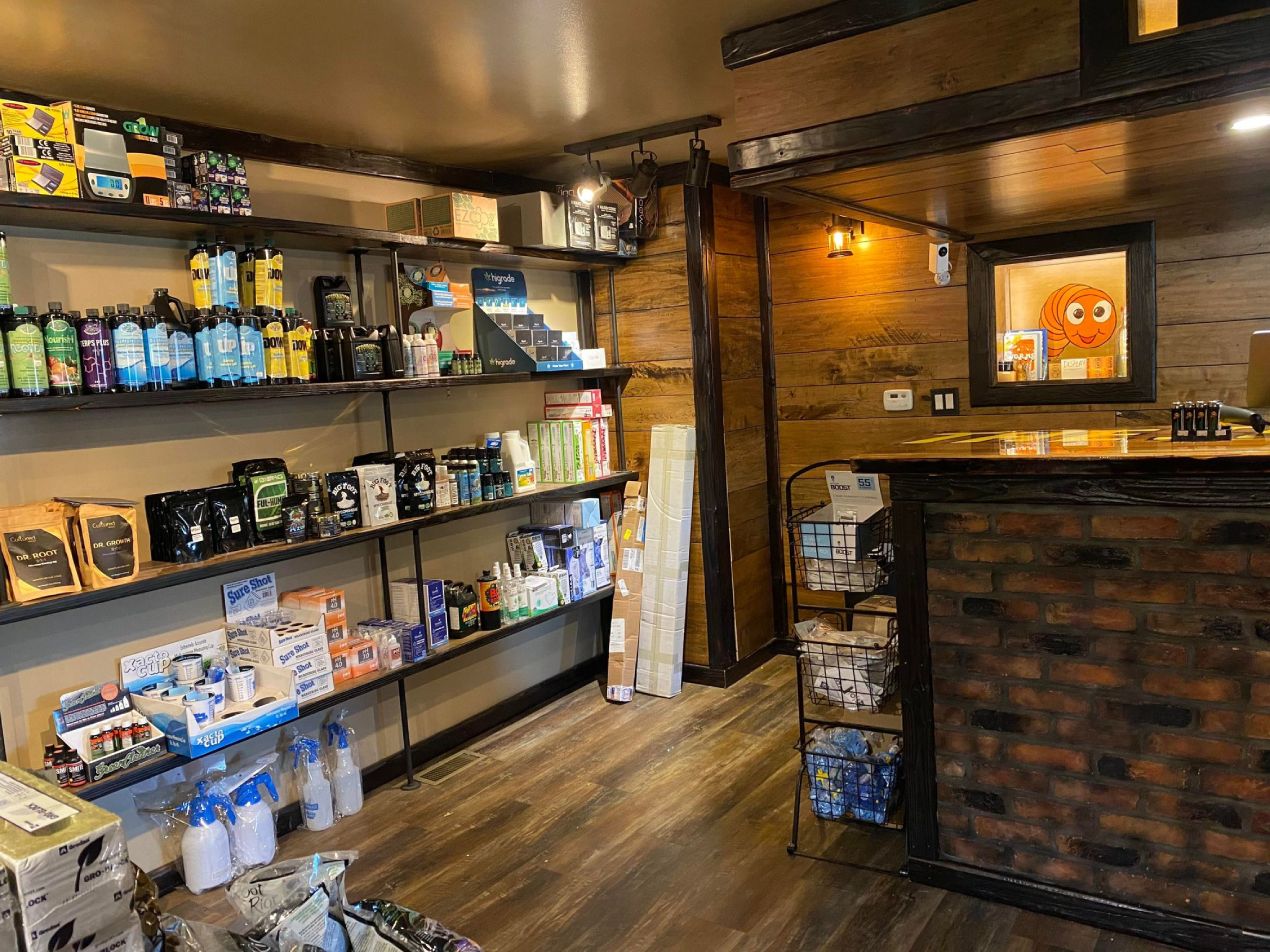Attain Gardening Success with The Indoor Earthworm's Planting Process
Attain Gardening Success with The Indoor Earthworm's Planting Process
Blog Article
Using the Power of Hydroponics: a Deep Study Makes Use Of and Various Kinds
In the world of modern-day farming, hydroponics has actually become an approach that tests traditional farming practices by providing a water-efficient and space-saving choice. The utilization of hydroponic systems opens up a world of opportunities for growing plants in varied environments, ultimately influencing food manufacturing and sustainability. As we browse via the intricate landscape of hydroponics, exploring its various types and applications, a deeper understanding of its potential to change farming techniques and address international food safety and security issues begins to unfold.
Advantages of Hydroponic Farming
Hydroponic farming uses countless advantages over traditional soil-based farming. One of the primary benefits is water efficiency; hydroponic systems make use of up to 90% much less water contrasted to conventional farming techniques.
In addition, hydroponic farming allows for higher control over nutrient degrees, causing faster plant growth and greater yields. By supplying necessary nutrients directly to the plant roots, hydroponic systems advertise healthier and much more durable plant growth. Additionally, the regulated environment of hydroponic systems lessens the danger of pests and conditions, decreasing the demand for unsafe pesticides and herbicides.

Typical Types of Hydroponic Equipments
One widespread kind is the Deep Water Culture (DWC) system, where plant origins are submerged in a nutrient service. The Ebb and Circulation system, likewise known as Flooding and Drain, periodically floods the plant origins with nutrient service before draining it. Wick systems, the most basic kind of hydroponics, use a wick to passively supply nutrient remedy to the plant roots.
Nutrient Film Method (NFT) System

One of the essential benefits of the NFT system is its water effectiveness. The Indoor Earthworm. Given that the nutrient service is recirculated in a shut system, this technique utilizes substantially less water compared to standard dirt farming. Furthermore, the NFT system is space-efficient, making it suitable for indoor farming or in locations with minimal area for conventional farming
Nevertheless, the NFT system needs cautious monitoring and maintenance to guarantee the constant flow of water and nutrients. Any kind of interruption in the circulation can rapidly influence plant health and wellness. In general, the NFT system directory supplies a sustainable and efficient means to grow plants hydroponically, particularly for crops that prosper in well-oxygenated root environments.
Deep Water Society (DWC) System
Relocating from the Nutrient Film Strategy (NFT) system, the Deep Water Culture (DWC) system is a hydroponic technique that includes putting on hold plant roots straight in a nutrient option. Unlike NFT, where roots are constantly exposed to a thin movie of nutrient solution, DWC plants have their origins submerged in a reservoir loaded with oxygenated nutrition water. The origins dangle in the nutrient solution, allowing for straight uptake of water and crucial nutrients.
One of the key advantages of the DWC system is its simplicity and reduced upkeep needs. The continuous access to oxygen and nutrients promotes rapid development and higher yields. However, DWC systems require sufficient aeration to prevent root rot and make certain optimum nutrient absorption. Routine monitoring of pH degrees and nutrient concentrations is crucial to stop inequalities that could harm plant health and wellness.
Aeroponic System
An innovative technique in hydroponics cultivation, the Aeroponic System uses a fogging or misting system to deliver nutrients straight to plant origins suspended airborne. This system is understood for its capability to advertise quick growth and reliable nutrient uptake due to the direct distribution of nutrients to the roots, allowing the plant to focus its power on development rather than looking for nutrients. In an aeroponic configuration, plants are usually housed in a shut environment where the roots are periodically misted with a nutrient option. This misting cycle ensures that the roots obtain enough oxygen, advertising healthy origin growth and overall plant development.
Among the vital this article benefits of aeroponics is its water efficiency, as the system uses considerably much less water contrasted to typical soil-based farming methods. Additionally, the accurate read the full info here distribution of nutrients directly to the roots can result in higher returns and faster development prices. While aeroponics can be more intricate to establish and maintain compared to various other hydroponic systems, its possibility for raised plant development and effectiveness makes it a prominent option for industrial growers and hydroponic enthusiasts looking for ideal results.
Final Thought
Finally, hydroponic farming offers numerous advantages and different kinds of systems to pick from. The Nutrient Film Technique (NFT) system, Deep Water Society (DWC) system, and Aeroponic system are amongst one of the most typical techniques used in hydroponics. Each system has its own benefits and restrictions, making it essential for farmers to very carefully consider their demands and preferences before picking the most suitable system for their plants.
Unlike various other hydroponic systems where plants are immersed in a nutrient service, in the NFT system, the roots are revealed to the water just in a shallow movie.Moving from the Nutrient Movie Strategy (NFT) system, the Deep Water Culture (DWC) system is a hydroponic method that entails suspending plant origins straight in a nutrient remedy.A cutting-edge technique in hydroponics cultivation, the Aeroponic System makes use of a misting or misting system to supply nutrients directly to plant origins put on hold in the air. The Nutrient Film Method (NFT) system, Deep Water Culture (DWC) system, and Aeroponic system are amongst the most common approaches made use of in hydroponics. Each system has its very own advantages and constraints, making it vital for farmers to thoroughly consider their demands and preferences before picking the most appropriate system for their plants.
Report this page